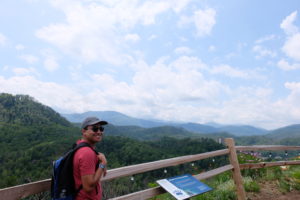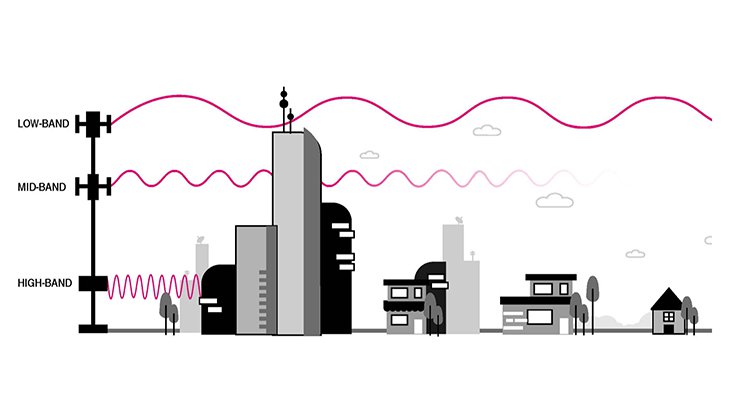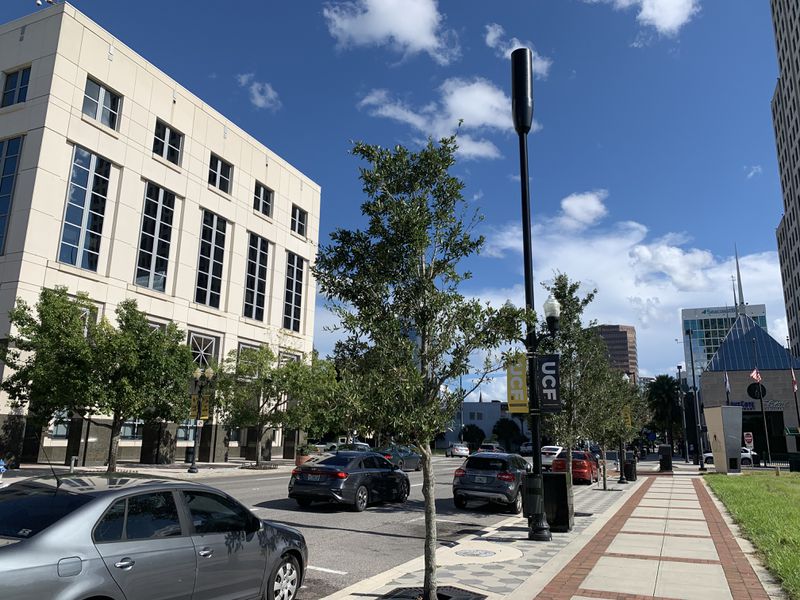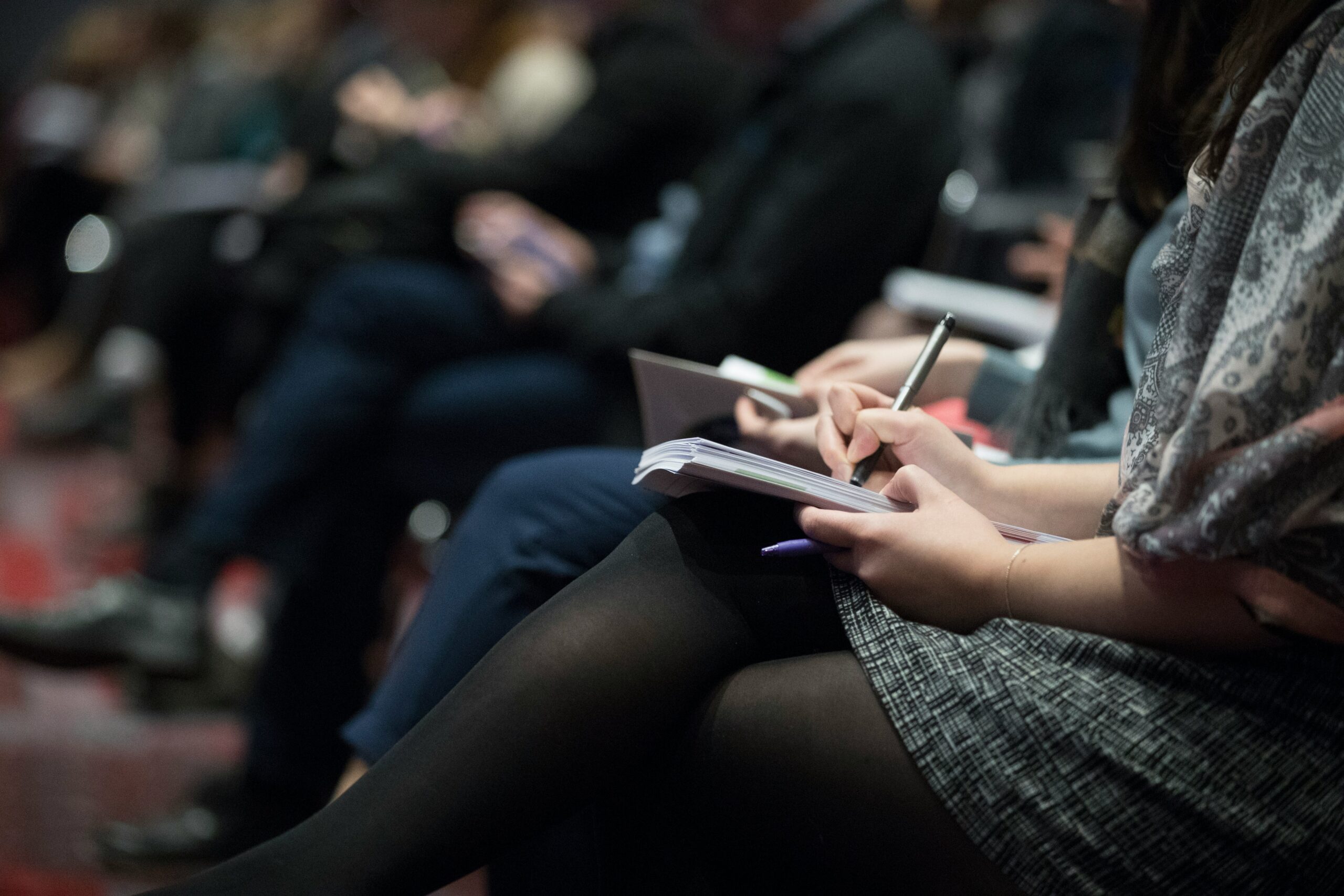Rodger Tucker
Student

The skepticism of 5G has become more common. Many believe that too many radio waves are bad for our health. Others believe we need more coverage for faster speeds.
5G Nationwide coverage is available, but of those cities known to have it, approximately 23.51% of each city has coverage. The demand for faster speeds are increasing, but with that demand, will more 5G cause more skepticism?
Statistics
- T-Mobile has the most 5G, with 41.35% of the country covered
- AT&T’s nationwide 5G network is in second place with 18.11% of the U.S. covered
- Verizon’s 5G is third, covering 11.08% of the country
- All states except for Alaska have some 5G coverage
- Most of each network’s 5G footprint is in major cities with high populations
Types of 5G and Range

Low-band: Long waves have great range and aren’t affected by obstacles, bringing 5G to more places. Mid-band: Mid-length waves bring a balance between speed and range, covering a broad area with fast speeds. High-band: Short waves cover a small area and are capable of super-fast data transmission, but can’t penetrate buildings.
Here in the US two-thirds of our top carriers are using the lower millimeter(mm) wave 5G spectrum also known as Low Band or Sub6. Though low band can travel farther it has the slowest of the 3 bandwidths.
High Band also known as mmWave, is the best of 5G. If you download a 4GB file, like a movie, you might be able to do that in about 5 minutes on today’s fastest 4G LTE networks . On a mmWave 5G connection, that same movie would take only 30 seconds, the only catch is says that you must stay within 80 feet of a tower or transmitter to get those speeds according to PCMag.
The Downsides
Many would like Highband, but the signal has trouble penetrating through buildings and walls. The range of Highband also works best in short distances within 90ft. To keep up with demand, more towers or nodes need to get set up.
For example Orlando’s planning department has projected carriers will need about 20,000 nodes to bring about 60% coverage, with the most needed to bring strong coverage to dense downtown and touristy International Drive.
“What we have beginning to happen is a lot of nodes occurring on Orange Avenue. If you were to line them all up, you’d be looking at a node every 90 feet,” Chief Planner Doug Metzger said.
So if campuses such as UCF are also wanting to see these same speeds, a node will be needed in every classroom.
Will 5G cause more Skepticism?
Recently this past year we have seen several 5G towers destroyed, mainly in Europe. People believe that 5G radiation weakens your immune system, causes cancer and was even a cause for the spread of COVID-19. They claimed that 5G towers weakened people’s immune system and it left people susceptible to get the virus.
Back in 2007 at Sydney, Australia, John Robert Patterson took it upon himself to destroy towers with a tank. He was a telecom worker who worked on cellphone towers and got sick from over exposure. After he got sick his company disclosed the potential risks of working on the towers. He later left the job took it upon himself to save lives. Patterson took a privately owned Trojan armored personnel carrier (APC), usually hired out for weddings and monster truck shows, to ram seven mobile phone towers and fences. He led police on wild chase and cause an estimated $6 million in damages. Watch video here.
Conclusion
Putting more 5G towers and nodes up will fill the demand for faster internet and streaming speeds. Students, gamers, self-driving cars, businesses, and many others can take advantage of this. Studies have shown 5G to be safe, but as its still in development. Are there enough tests to prove that 5G Highband is safe with long term exposure?
ABOUT THE AUTHOR
Rodger Tucker
Student Author - Spring 2021








